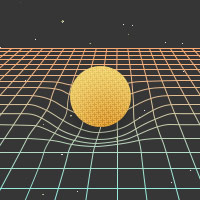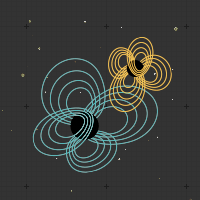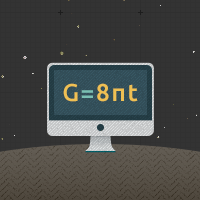SXS News & Updates
Tidal effects in neutron star-compact object binaries
- Details
- Created on Monday, 01 February 2016 18:40
SXS News & Updates
Heavy elements from black hole-neutron star mergers
- Details
- Created on Thursday, 28 January 2016 19:20
SXS studies binary neutron star binary mergers
- Details
- Created on Wednesday, 21 October 2015 19:24
Survey of aligned-spin binary black holes
- Details
- Created on Wednesday, 20 January 2016 19:37




